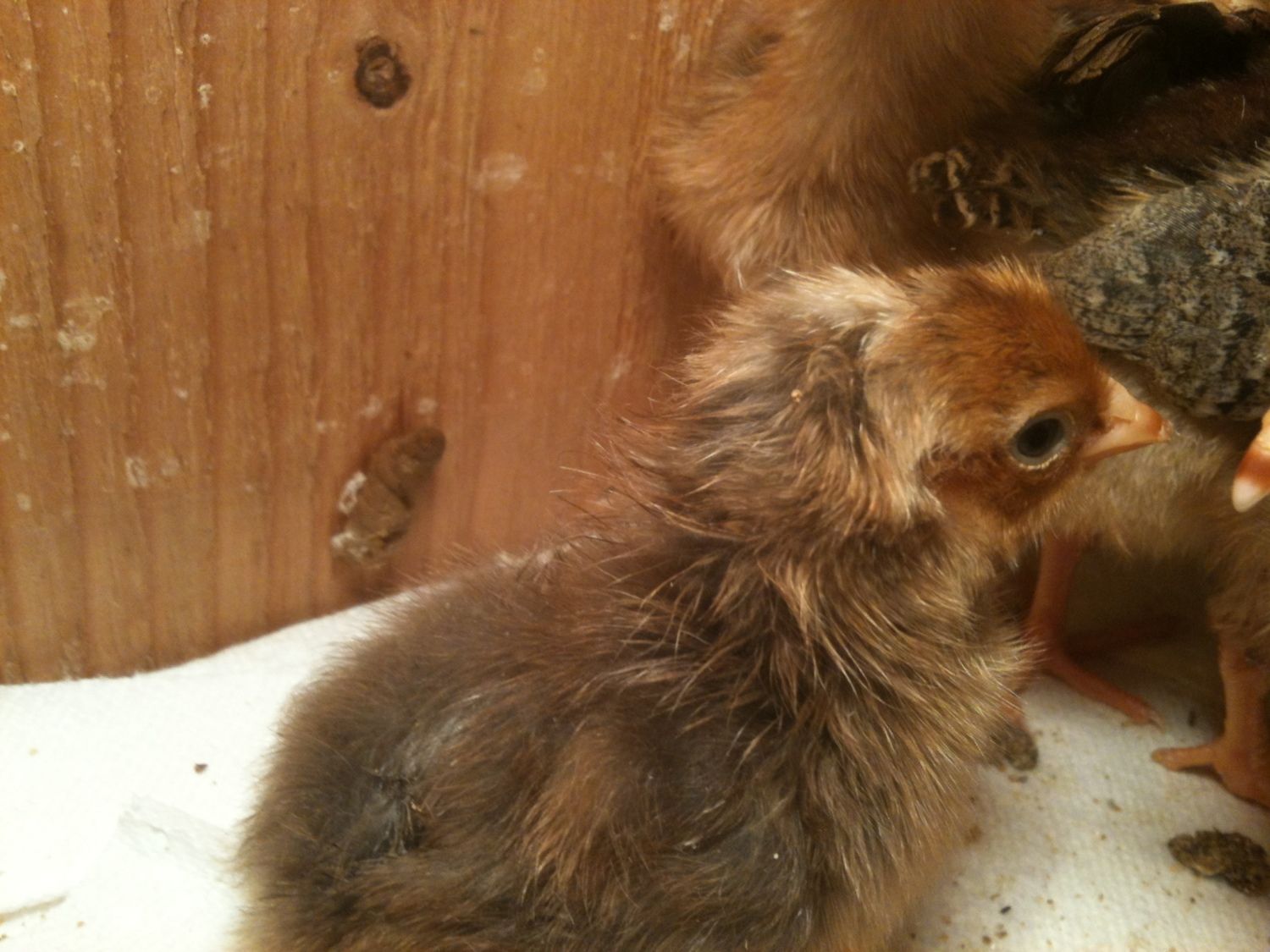- Aug 29, 2007
- 193
- 9
- 131
I incubated eggs from a Buff Orpington roo on Cuckoo Marans hens. Only one hatched successfully and I would like to know if it's a girl or boy. Here's what he/she looks like:



Has anyone done this type of cross? I have read that it's sex-linked; I've searched all over the byc site and haven't found anything about what the cockerels vs pullets look like at hatch.
Thanks in advance!
Nancy
Has anyone done this type of cross? I have read that it's sex-linked; I've searched all over the byc site and haven't found anything about what the cockerels vs pullets look like at hatch.
Thanks in advance!
Nancy



